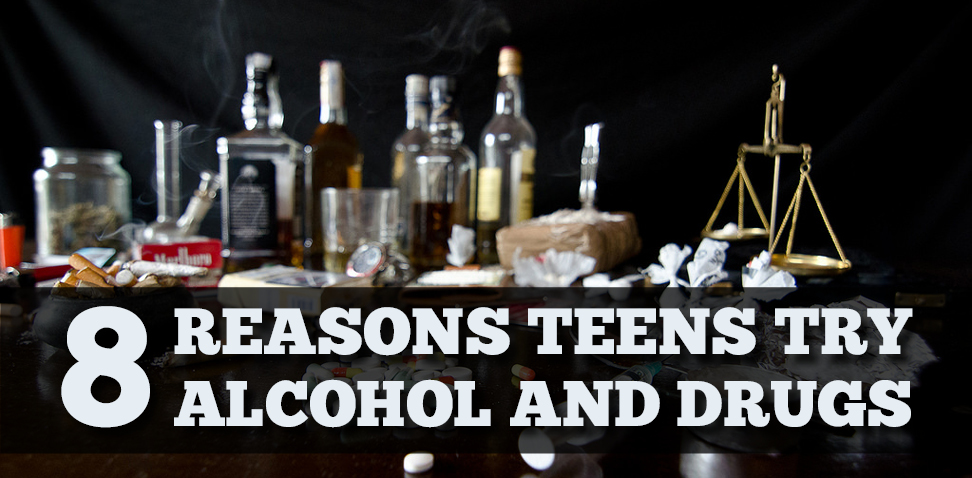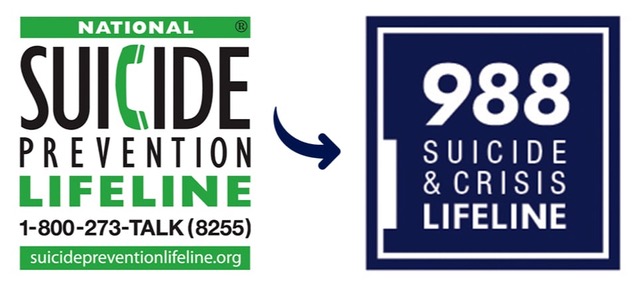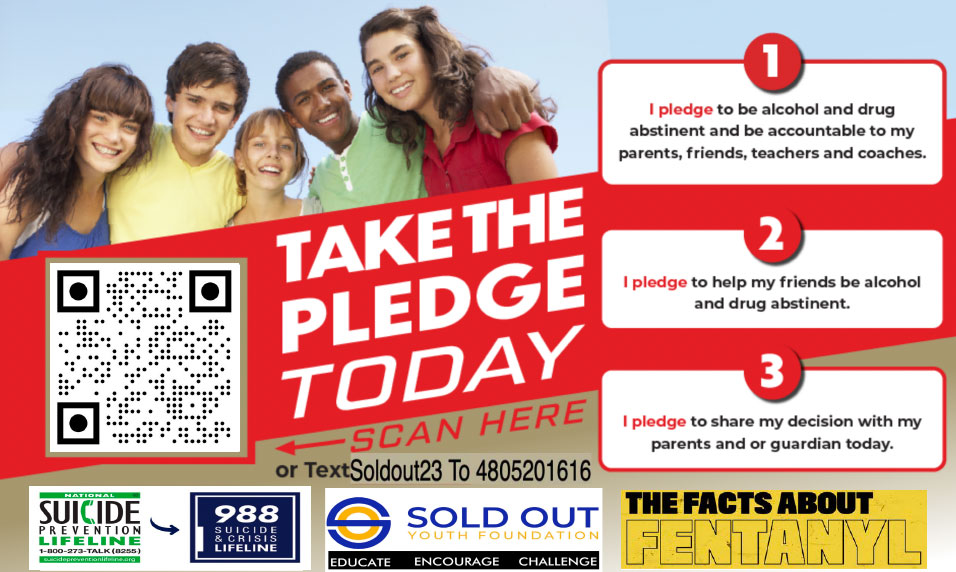Fentanyl Education
“I took the Sold Out Pledge …… I have now realized the dangers of Fentanyl.”
“Fentanyl is involved in more American youth drug deaths than heroin, meth, cocaine, benzos, and Rx drugs COMBINED.”
SOLD OUT YOUTH FOUNDATION

- What is fentanyl? Fentanyl (artificial opioid) is a powerful painkiller. It’s effective medicine for treating severe pain, but sadly, it’s also being misused and has a terrible abuse rate. Fentanyl is the number #1 killer of 18-45 year olds in America. 300 people daily die from fentanyl.
- How powerful is it? Fentanyl is way stronger than morphine—like 80 to 500 times more powerful! That means if someone abuses it, even a tiny amount can cause them to stop breathing and die. It’s really dangerous.
- Why is it risky to try fentanyl? Fentanyl is usually given to people who are already used to opioids. But if someone tries it for fun (recreationally) or experiments with it without being used to opioids, they’re at a very high risk of overdosing—even with a small dose or on the first try. It’s crazy, but just two grains of salt can be a lethal dose!
- How does fentanyl affect people? Sadly, fentanyl has become the number one cause of deaths among teenagers and young adults aged 18-45. In just one year (4/20- 4/21), almost twice as many deaths in the 18-45 age range as COVID-19 (21,335), cancer (17,114), car accidents (22,442), and suicide (21,678)
- Why is fentanyl mixed with other drugs?
Fentanyl is not only used by itself—it’s also mixed with other common street drugs. It’s cheaper than heroin and nearly 50X stronger. Shockingly, last year, in 75% of cocaine deaths and 50% of methamphetamine deaths. It can also be mixed in with marijuana, vape products, and pressed into everyday pills you would get from a pharmacy, or made to look like candy such as Skittles (Rainbow Fentanyl). The fentanyl is mixed in without people even knowing it. - What are Fentanyl side effects?
Fentanyl’s effects include the most concerning side effect of all opioids is respiratory issues: slow, weak, or no breathing. Others include choking or gurgling sounds, happiness, drowsiness, nausea, confusion, constipation, cold and clammy skin, sedation, limp body, small constricted pupils, and falling asleep or losing consciousness. People addicted to fentanyl who tries to stop taking it will likely experience severe withdrawal symptoms just a few hours after the drug was last taken. These symptoms include muscle and bone pain, diarrhea and vomiting, cold flashes, uncontrollable leg movements, problems, and severe cravings. Any one of those symptoms are uncomfortable, making it really difficult to stop cold turkey. - What do you do if your friend is on drugs or overdosing?
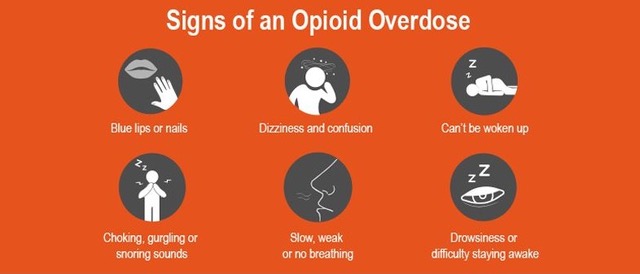
Tell a teacher or coach immediately, seconds matter.
Call 911
Administer Naloxone (“Narcan”) if you have it.
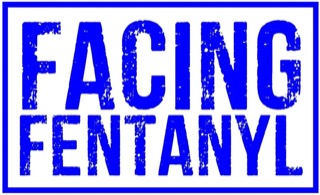

“I never realized how dangerous drugs could be until Sold Out told us about Fentanyl. I now know that drugs can be a dangerous thing and you shouldn’t trust people telling you to take a random drug that they claim is something helpful because it may as well be Fentanyl.”
Students, remember, the most important thing is to stay away from trying any drugs or substances that aren’t prescribed by a trusted healthcare professional. When you get drugs from unreliable sources, like social networks (Tic-Toe), or friends, it’s impossible to know what you’re actually getting. Here are some important things to know:
- You Can’t Be Sure What’s Inside: Illicit drugs bought through social networks may have harmful substances like fentanyl mixed in. Since you can’t know for sure what’s in them, it’s incredibly risky to use them.
- Fake Pills Can Be Deadly: Some people sell fake pharmaceutical pills online or through social networks that look like the real thing but contain dangerous amounts of substances like fentanyl. Never take medications that aren’t prescribed to you by a trusted doctor.
- Fentanyl is Extremely Dangerous: Fentanyl is an incredibly strong opioid that can cause serious harm, even in tiny amounts. It’s often added to other drugs, making them highly dangerous and potentially deadly.
- Stay Informed and Make Smart Choices: Educate yourself, and your friends about the risks associated with substance use, including the dangers of fentanyl-laced products. By staying informed and making smart decisions, you can prioritize your well-being and stay safe. Experimenting with drugs or other substances is out if you want to guarantee staying alive.
Remember, your health and safety should always come first. Avoid using drugs or substances from unreliable sources, and reach out to your parents, trusted healthcare professionals, or support networks (school counselor, teacher, coach) if you or someone you know is struggling with substance use. Your well-being matters, and there are people who can help you make healthier choices.
There are several reasons for the increase in Fentanyl in our country and we want to make sure that we are informing our education system the dangers of this drug. It’s really important to spread awareness about the dangers of fentanyl. We need to make sure school staffs, parents, and you the students, and everyone around us understands the risks involved with this drug. Stay informed, stay safe, and look out for one another! And be sure to take the Sold Out Student Pledge here https://soldouttv.com/the-sold-out-pledge/

Last year, 100K+ people died from drug overdoses driven by fentanyl, and the fastest growing group is under age 19. Fentanyl poisoning truly is the most important conversation you need to have with your kids right now.
“Both the Sold Out website and the fentanyl video were very informative. Perquimans is committed to implementing this program. We appreciate this opportunity to educate both our students and adults about the dangers of drugs and fentanyl.”
A Parent’s Role: Tips for Talking to Youth of All Ages
Fentanyl Found in Vaping Devices
Natural High Facts About Fentanyl
Arizona Kids Dying From Counterfeit Fentanyl
U.S. Seizes Enough Fentanyl in 2022 To Kill Every American
DEA warns about a new drug mixed with fentanyl, called xylazine
Popular Emoji Drug Codes / Department of Justice Drug Administration
High Risk Substance Abuse Among Youth
Fentanyl,
A Tragedy
“Any opportunity I can get to help families and tell my story to prevent other parents from having to endure this profound pain that my family has gone through. I am so grateful to partner with Roman Gabriel and Sold Out Youth Foundation as they continue to fight this ever growing crisis and drug epidemic that is plaguing our youth.” Mahsa Yeager – Scottsdale Az / Parent of Daughter (Sahuaro High) lost her life to Accidental Fentanyl Overdose
Kelly Slater WSL World Champion on Living a Drug Free Life

Chris Clem Fentanyl Crisis
SOLD OUT SCHOOL PLA ACCREDITED “UNDERSTANDING FENTANYL” CURRICULUM
By. Dr. Erin Shannon DDS
Definitions
CDC – Centers for Disease Control and Prevention DEA- Drug Enforcement Administration
(Merriam-Webster definition)
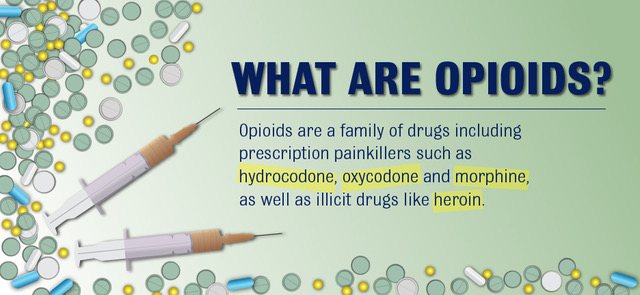
Definition of opioid (Entry 1 of 2): a natural, semisynthetic, or synthetic substance that typically binds to the same cell receptors as opium and produces similar narcotic effects (such as sedation, pain relief, slowed breathing, and euphoria): a less commonly opioid peptide : any of various of endogenous polypeptides (such as an endorphin or enkephalin) produced by neurons of the peripheral and central nervous system.
The people who rated pain the lowest were those whose brains began producing natural painkillers called opioids the fastest …— John O’Neil b
Any of various opiates (such as morphine), semisynthetic opiate derivatives (such as heroin, hydrocodone, or oxycodone), or synthetic preparations (such as fentanyl or methadone) that may be used illicitly for their narcotic properties and are associated with physiological tolerance physical and psychological dependence, or addiction upon repeated or prolonged use… fentanyl, a synthetic opioid at least 75 times more potent than morphine. — Ryan Trimble and Eric S. Peterson:
Naltrexone is an opioid antagonist used for the treatment of heroin addiction. — Scientific American
The prototypical opioids are morphine and codeine (which is milder than morphine).— Harvard Health Letter
When Walker County was identified as the epicenter of Alabama’s opioid crisis, it was no surprise to residents who watched as drugs brought death and devastation down upon their families, neighbors and communities.— Ashley Remkus
NOTE: The word opioid was originally used only for morphine-like substances not derived from opium, but it has now become widely accepted as a broader term encompassing any substance—natural or synthetic, opium-derived or not—that binds to opiate cell receptors and induces sedation, analgesia, and euphoria.
Opioids -a class of drugs naturally found in the opium poppy plant and that work in the brain to produce a variety of effects, including the relief of pain with many of these drugs.
Opioids can be prescription medications often referred to as painkillers, or they can be so-called street drugs, such as heroin.
Many prescription opioids are used to block pain signals between the brain and the body and are typically prescribed to treat moderate to severe pain.
Fentanyl is among the strongest and most dangerous painkillers available. It is categorized as a schedule II medicine in the United States, meaning fentanyl is strictly regulated and has a high risk of potential abuse. When a physician decides to prescribe this drug, it is administered with extreme caution, highly monitored and the patient is screened first before being allowed to take fentanyl.
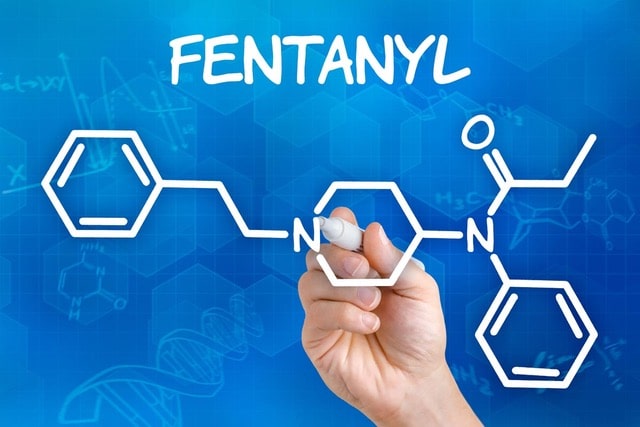
Common prescription opioids include-
Oxycodone
+Hydrocodone-Acetaminophen
+Hydrocodone bitartrate
+Hydrocodone-Homatropine
+Hyrdocodone-Ibuprofen
+Pseudoephedrine-Hydrocodone
+Hydrocodone-Clorpheniramine
+Hydrocodone-Cpm-Pseudoephed
+Morphine
+Morphine-Naltrexone
+Hydromorphone
+Fentanyl Cirtrate
+Fentanyl
+Codeine Poli-Chlorphenir Poli
+Acetaminophen with codeine phosphate/Acetaminophen-Codeine
+Methadone
+Methadone Hydrochloride
+Morphine Sulfate
+Oxymorphone Hydrochloride
+Meperidine
+Tramadol
+Carfentanil
+Buprenorphine
Fentanyl -a synthetic opioid analgesic or anesthetic adjuvant. Prescription forms of Fentanyl:
• Duragesic: A transdermal patch that delivers small amounts of fentanyl over time, sometimes up to three days. Some people abuse this form of fentanyl by heating, smoking, injecting, or chewing the patch.
• Onsolis: A film that contains fentanyl that placed on the inside of the cheek to administer medication rapidly.
• Fentora: This fentanyl medication is administered in a tablet form that is held against the inside of the cheek until dissolved.
• Abstral: A tablet of fentanyl that dissolves under the tongue for quick pain relief.
• Subsys: This fentanyl spray is administered under the tongue for rapid relief from pain.
• Lazanda: A nasal spray to provide swift pain relief. This administration method is similar to a nasal spray.
• Actiq: A lozenge, typically placed on a stick, that contains fentanyl that delivers medication when dissolved against the cheek.
• Sublimaze: Sublimaze is reserved for hospital use during surgeries. This injectable form of fentanyl needs to be administered by an individual who is trained in anesthetics and can manage respiratory complications.
Tolerance-. It is a condition where “the person no longer responds to the drug in the way that person initially responded” and “it takes a higher dose of the drug to achieve the same level of response” (NIDA). Although this can be problematic and may require a doctor’s help, tolerance is not always a sign of abuse or addiction.
Addiction-Addiction is a treatable, chronic medical disease involving complex interactions among brain circuits, genetics, the environment, and an individual’s life experiences. People with addiction use substances or engage in behaviors that become compulsive and often continue despite harmful consequences.
Withdrawal-(specific to substances) Substance specific induced disorders that follows the cessation of use or reduction in intake of psychoactive substances that have been regularly used to induce an altered state.
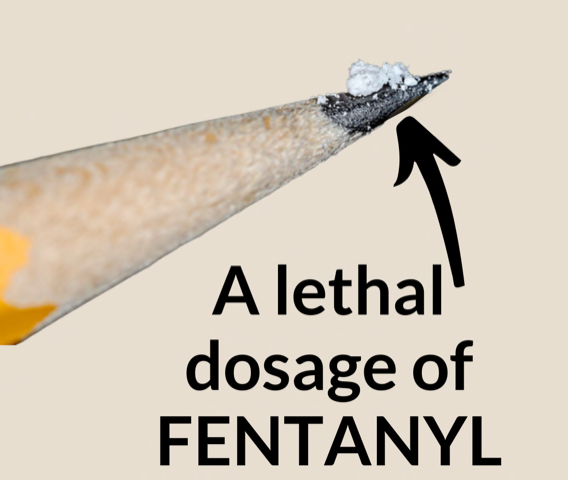
WHAT IS FENTANYL?
Fentanyl is a synthetic (man made) opioid. The drug is available under various brand names including Duragesic, Sublimaze, Actiq, Onsolis, Instanyl and Fentora.
Fentanyl is among the strongest and most dangerous painkillers available. It is categorized as a schedule II medicine in the United States, meaning fentanyl is strictly regulated and has a high risk of potential abuse. When a physician decides to prescribe this drug, it is administered with extreme caution, highly monitored and the patient is screened first before being allowed to take fentanyl.
WHY IS IT SO DANGEROUS AND DEADLY?
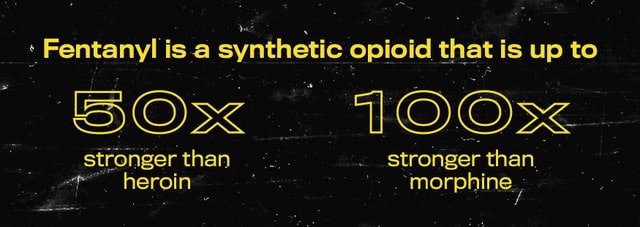
Fentanyl is a potent artificial opioid analgesic. Fentanyl is only administered to a patient who is already opioid-tolerant. A patient who is using fentanyl and is not opioid-tolerant is putting his health into immediate and extreme danger. To make the chemistry of this more understandable, a person who uses fentanyl for the first time to experiment or to use this medicine recreationally is seriously putting at risk of overdose,permanent brain damage and death.
The DEA or Drug Enforcement Administration categorizes this medicine as a Schedule II controlled drug. It means that fentanyl has a high abuse potential and using it without the supervision of a doctor might be harmful to anyone. Fentanyl addiction can take place suddenly, so this prescription medicine must be taken under the supervision of a physician.
Fentanyl can be more dangerous when it is taken together with heroin. On the street, it’s usually sold as a good replacement for the high-grade heroin known as “China White”. Addicts use fentanyl with heroin to increase the high which is too dangerous. Mixing heroin or any other drug with fentanyl makes you more prone to the drug overdose.
Sold Out President Roman Gabriel on Fentanyl
Examples of legal and illegal forms of fentanyl

Opiate and opiate-type artificial drugs known as opioids are measured versus morphine when computing their strength. This painkiller medicine is estimated at fifty to one hundred times stronger compared to morphine. It simply means this drug needs careful formulation to prevent overdoses. In the hospitals, fentanyl might be administered to a patient via injection but when it is abused, this route of administration can easily lead to overdose.
Many people who abuse it will search for a sublingual film which is available in small sheets that they put underneath their tongue. This sublingual film is intended to be stuck between the cheek and teeth. Abusers squeeze the gel or liquid out the patches, and they smoke, swallow or put the solution under their tongue.
Illicitly manufactured fentanyl
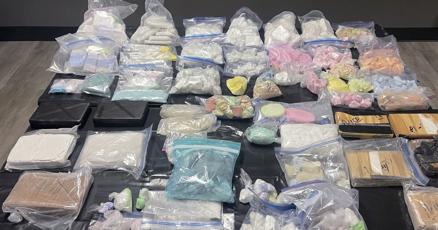
Illicitly manufactured fentanyl (IMF) is available on the drug market in different forms, including liquid and powder1.
Powdered fentanyl looks just like many other drugs. It is commonly mixed with drugs like heroin, cocaine, and methamphetamine and made into pills that are made to resemble other prescription opioids. Fentanyl-laced drugs are extremely dangerous, and many people may be unaware that their drugs are laced with fentanyl.
In its liquid form, IMF can be found in nasal sprays, eye drops, and dropped onto paper or small candies.
The illegal versions of fentanyl sold in black markets and there are multiple street names for this drug, here are a few examples:
Apache, Dance Fever, Friend, Goodfellas, Jackpot, Murder 8, and Tango & Cash.
Symptoms and Side effects
Fentanyl has 2 different groups of effects wherein one is for drug use while the other is for drug withdrawal. In many cases, these are vitally like the symptoms related to other opiates. But, considering that fentanyl is extremely strong, these negative effects of the medicine can be extremely strong:
Fentanyl Side effects

• Dizziness
• Nausea & vomiting
• Drowsiness
• Weakness, tiredness and lethargy
• Shortness of breath
• Difficulty in breathing
• Swollen feet, hands and ankles
• Headache
• Addiction or danger of overdose
Fentanyl Withdrawal’s Bad Effects
• Yawning
• Extreme restlessness
• Sweating
• Runny nose and watery eyes
• Bone and muscle pain
• Chills
• Anxiety
• Weakness
• Irritability
• Stomach cramps
• Nausea & vomiting
• Insomnia
• Hypertension
It strongly affects the opioid receptors in the brain, which means this drug can alter the way your body experiences pain. If you take it in higher doses than what is recommended by doctors, or you abused it in any manner, you may feel a euphoric rush. This in turn will lead to a crash and depression when the drug leaves the system and withdrawal symptoms are Intense and very painful . The experience of relaxation or sleepiness when you abuse fentanyl can rapidly progress to various states of unconsciousness or coma leading to serious brain damage and death.
Aside from relieving pain, fentanyl can also slow down a person’s breathing and his or her respiratory system. The following are the possible side effects of fentanyl:
-
Urine retention
-
Dryness of mouth
-
Hives or itching
-
Constipation
-
Nausea and vomiting
-
Loss of appetite
-
Weight loss
-
Vision problems
-
Headache
-
Hallucinations and bad dreams
-
Depression
-
Sweating while sleeping
-
Shaking
-
Inflamed legs and arms
-
Respiratory distress
-
Oxygen deprivation
-
Loss Of consciousness
-
Coma
-
Death
Long-Term Effects of Fentanyl
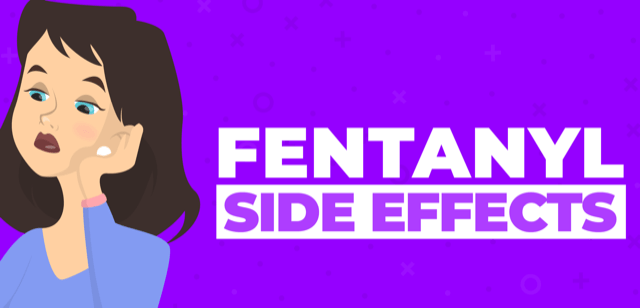
Fentanyl also has some long-term effects. When you use it for months to years, you’ll suffer from dependence and addiction. With sustained use, the tolerance or sensitivity to the drug is unavoidable because a person’s brain and body will become used to the medicine’s availability and actually stop producing normal levels of many brain neurotransmitters. Tolerance results in a need to take fentanyl at increasingly higher dosages to attain a similar effect. If you stop using it or you don’t take the drug, you will experience extremely painful and serious withdrawal symptoms.
The medical and recreational effects of fentanyl, as well as its potential for causing withdrawal symptoms that require fentanyl addiction treatment, stem from its acting as an agent for the release of endorphins. Endorphins provide a soothing feeling of pleasure when the body is under stress. Since the body cannot produce sufficient endorphins to soothe severe pain on its own, fentanyl is used to trigger a fast release of high quantities of endorphins that relieve pain. When there is no pain to be relieved, as in the case of recreational use of fentanyl by addicts, an intense feeling of pleasure results as soon as fentanyl travels through the bloodstream to the brain. This is what addicts refer to when they speak of “getting high,” and such an intense experience of pleasure and happiness is technically known as euphoria.
The term “endorphin” comes from the words “endogenous morphine.” It refers to the morphine- like pain-relieving and euphoria-inducing properties of natural endorphins.
Fentanyl releases endorphins more intensely than all other potent opiate and opioid analgesics such as hydrocodone or even heroin. It is therefore more addictive and more likely to cause severe discomfort when withdrawn when compared to other opioids. When the body becomes accustomed to the increased levels of endorphins that are released by fentanyl, it cannot function without fentanyl or another agent that releases the same level of endorphins. The brain sends mixed signals to the body, as it requires high levels of endorphins to send proper messages, but when fentanyl is abruptly withdrawn, these levels of endorphins are no longer present. This process causes recreational users of fentanyl to develop physical addiction. Physical addiction requires fentanyl addiction treatment, as even an addict with the willpower to stop without treatment may suffer discomfort as a result of the sudden reduction in endorphin levels that results when they abruptly stop using fentanyl.
What Are the Withdrawal Symptoms?
The extreme potency of Fentanyl makes it as addictive as opioids, though keep in mind that patients who are simply following instructions from a doctor can also grow dependent even without becoming addicted.
Overdosing is often fatal, so it’s critical to spot withdrawal symptoms in their earlier stages before it spirals into a full-blown addiction. In that regard, you can observe the withdrawal symptoms by looking for the following red flags:
• Muscle and bone pain
• Sleep problems
• Diarrhea and vomiting
• Cold flashes with goosebumps
• Uncontrollable leg movements
• Severe cravings
• High blood pressure
• Sweating
• Fast heart rate
• Fast breathing rate
• Pupil dilation
• Restlessness
What Are the Symptoms of an Overdose?

When taken too much, you can recognize the warning signs of an overdose if you notice the following:
• Slowed breathing or changes in normal breathing pattern
• Trouble speaking
• Confusion
• Irritability
• Extreme tiredness and drowsiness
• Cold and clammy skin
• Skin color turning blue
• Muscle weakness
• Pinpoint pupils
• Slow heart rate
• Dangerous heart problems
• Low blood pressure
• Coma
• breathing issues (shallow, restricted, lack of)
• unable to speak or not making sense
• strange behavior followed by losing consciousness
• trouble moving
• body stiffening or mimicking seizure activity
• non-responsive (even to painful stimuli)
• gurgling sounds or strange sounds similar to snoring
• change in skin appearance (turning blue/gray), including nail beds and lips
• weakened or erratic pulse
• foaming at the mouth
• vomiting
• choking
• pupils are very tiny, like pinholes
If a person at risk for a fentanyl overdose is exhibiting any of these symptoms, it is important to contact 911 emergency medical services immediately.
What Does Fentanyl Taste Like?

Unfortunately, most sources claim that there is no guaranteed way to identify fentanyl by taste, as it can taste radically different depending on the type of fentanyl and what it’s mixed with. Some users in a 2016 study claimed the ability to identify fentanyl-laced heroin by taste, claiming that fentanyl tastes sweet, while heroin is very bitter. However, this evidence is anecdotal and is not a reliable way to truly know what fentanyl tastes like.
What Does Fentanyl Look Like?
As already mentioned, many forms of illicit fentanyl don’t have a specific characteristic like color, taste or odor to help you confirm it’s the drug. In general, fentanyl is white in appearence, but when it’s illicitly sold, it may be off-white or tan. In some cases, it can also be a brown color.
It’s challenging to determine the unique characteristics of fentanyl in most situations, other than by looking at its chemical makeup, which is one reason why it’s so dangerous for people when they buy heroin and other drugs laced with it. In some cases, heroin may have a more yellow tint to it on its own, and it may look more white if it’s laced with fentanyl, but this may not always be a reliable distinguishing feature.
What Does Fentanyl Smell Like?
Similar to taste, the unfortunate truth is that fentanyl tends not to have a unique smell, making it difficult to determine if a drug has been laced.
Fentanyl Test Strips
Fortunately, there are various initiatives that are making fentanyl test strips available and affordable to the public. Fentanyl test strips are small strips of paper that can help detect the presence of fentanyl in any drug batch, which can be lifesaving.
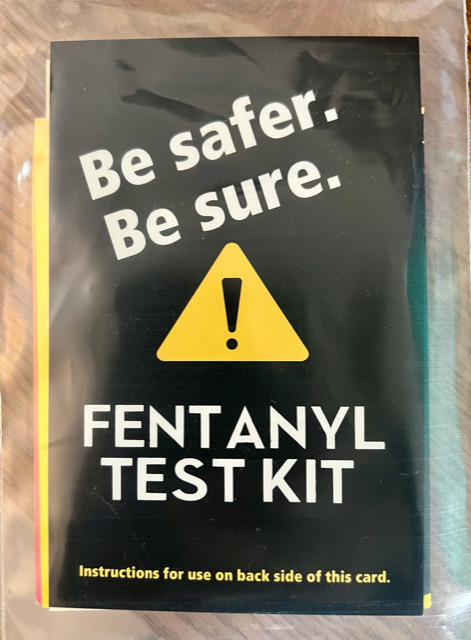
How Is Fentanyl Taken?
When someone is prescribed fentanyl, there are several ways the drug can be administered. One of the most common ways is the transdermal patch, which contains fentanyl in a gel. The patch goes directly on the skin, and then the skin absorbs a certain amount before it’s released into the bloodstream. With the patch, the medicine is controlled in terms of how much a person gets, and the effects last for several days.
The other ways fentanyl can be prescribed include a tablet that dissolves and is absorbed by the oral mucous membranes, or as a lollipop or lozenge. In a hospital setting, it can also be given intravenously.
As far as abusing fentanyl, it is taken in many of the same ways as heroin. It can be injected, snorted, smoked or the patches can even be chewed or eaten. The effects of the drug occur extremely fast because fentanyl crosses the blood-brain barrier much quicker than morphine or other opiates.
up to 50 times stronger than heroin and 100 times stronger than morphine. It is a major contributor to fatal and nonfatal overdoses in the U.S.1
There are two types of fentanyl: pharmaceutical fentanyl and illicitly manufactured fentanyl. Both are considered synthetic opioids. Pharmaceutical fentanyl is prescribed by doctors to treat severe pain, especially after surgery and for advanced-stage cancer.
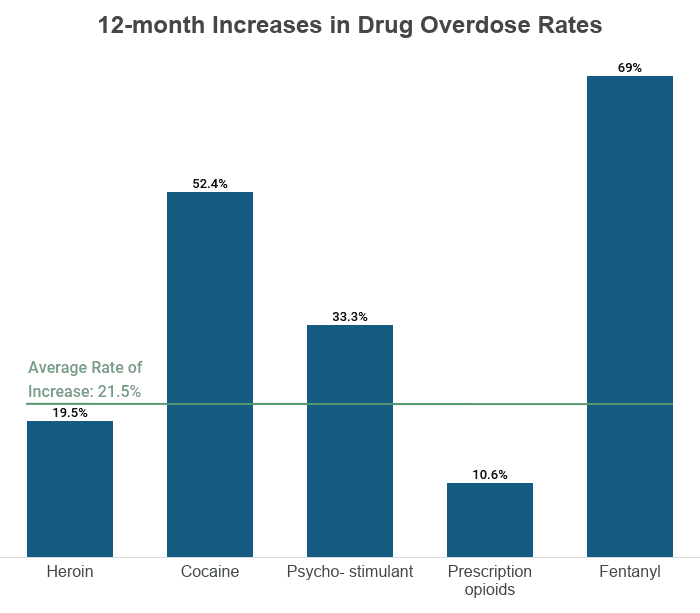
Graph from Drug Abuse Statistics (NCDAS)
Overdose Statistics
Recognizing the signs of opioid overdose can save a life. Here are some things to look for:
• Small, constricted “pinpoint pupils”
• Falling asleep or losing consciousness
• Slow, weak, or no breathing
• Choking or gurgling sounds
• Limp body
• Cold and/or clammy skin
• Discolored skin (especially in lips and nails)
Impact
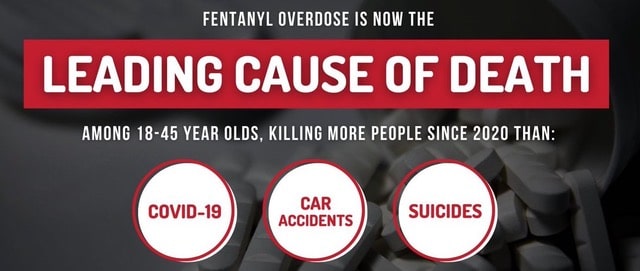
According to the U.S. Centers for Disease Control and Prevention (CDC) fentanyl is now the LEADING CAUSE OF DEATH AMONG U.S ADULTS (ages 18-50), more than COVID-19, suicide and car accidents. The CDC reports that of 100,000 adults who died of drug overdoses from 2018 to 2020, a staggering 19,400 – 19 percent – had died after overdosing on fentanyl.
Fentanyl is responsible 75-80 percent of all drug related deaths, reports the CDC, which found 37,208 fentanyl deaths and has been labeled an epidemic due to the rapid increase in lethality with the number of deaths doubling in the past year.
Treatment
For every person who suffers from fentanyl abuse, treatment and support can be obtained from a licensed and reputable treatment facility. It’s never too late for a patient to recover from fentanyl abuse. The treatment for fentanyl addiction is now widely available.
What is Naloxone?
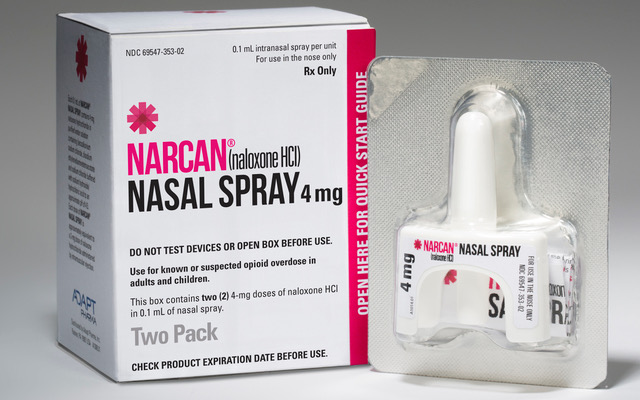
Naloxone is a life-saving medication that can reverse an overdose from opioids—including heroin, fentanyl, and prescription opioid medications—when given in time.1 Naloxone is easy to use and small to carry. There are two forms of naloxone that anyone can use without medical training or authorization: prefilled nasal spray and injectable. (See Link Above for details)
Learning Activities

Split into small groups and act out potential social situations where drugs may be offered and take turns role playing a variety of different responses ranging from bold to humorous to real life memories.
Draft some potential peer awareness programs and how they may be implemented in your community.
Discuss your thoughts and experiences on how your family, friends and community would be impacted by fentanyl deaths and damage.
Write a letter to your future self with coping tools and reasons why you will not be pressured into abusing drugs.
Peer discussion
What are your thoughts and experiences with illegal or misused opioids?
Have your parents or teachers ever discussed these dangers with you ? Why or why not?
What will you do /say if you are concerned about a peer or family member in regards to pain medications or opioid use.
What are some ways your community can raise awareness about the opioid crisis?
What do you think would be most helpful to keep your family and friends free of abusing opioids?
What can you personally do to help battle this epidemic and/or organize a local event for opioid awareness day?
(DEA will observe August 21, 2022 as National Fentanyl Prevention and Awareness Day)
Assessment questions

- What category of drug is Fentanyl? (Opioid analgesic/synthetic opioid)
- Name three common warning signs of Fentanyl abuse\
- How can one detect the presence of fentanyl in a powder or pill substance? (Fentanyl is undetectable without laboratory testing as it has no smell, taste or color).
- True or False: fentanyl is deadly in a quantity as tiny as two grains of salt? (True)\
- True or False : There is no known treatment for Fentanyl addiction? (Falee)
- True or False: Fentanyl is illegal in most states? (False – fentanyl is legal ONLY with a valid prescription from a medical doctor and only for extraordinary circumstances)
- Name three ways Fentanyl is administered/three forms of the drug that are common? (Patch, pill, lollipop)
- Name three symptoms of withdrawal from fentanyl.
- What are three of the street names for illegal/Synthetic fentanyl?
- True or false: Fentanyl is Between 50 and 500 times more potent than morphine.
(True)
Resources and Sources
https://www.drugabuse.gov/publications/drugfacts/fentanyl
https://www.cdc.gov/opioids/basics/fentanyl.html
- Wilson N, Kariisa M, Seth P, Smith H IV, Davis NL. Drug and Opioid-Involved Overdose Deaths — United States, 2017–2018. MMWR Morb Mortal Wkly Rep 2020;69:290–297.
DOI: http://dx.doi.org/10.15585/mmwr.mm6911a4external icon - NCHS, National Vital Statistics System. Estimates for 2020 are based on provisional data. Estimates for 2015-2019 are based on final data (available
from: https://www.cdc.gov/nchs/nvss/vsrr/drug-overdose-data.htm). - Bergh, Marianne Skov-Skov et al. “Selectivity and sensitivity of urine fentanyl test strips to detect fentanyl analogues in illicit drugs.” The International Journal on Drug Policy. Vol. 90
(2021): https://doi.org/10.1016/j.drugpo.2020.103065external icon D.gov
(NIH) National Institute on Drug Abuse Advancing
- Fentanyl Facts – CDC
- Naloxone DrugFacts | National Institute on Drug Abuse – (NIDA) (nih.gov)
- Protect Yourself from the Dangers of Fentanyl – CDC
- Protect Friends and Family with Lifesaving Naloxone – CDC
- Stop Overdose Website | Español (Spanish) – CDC
- Drug-Free Communities (DFC) – CDC





